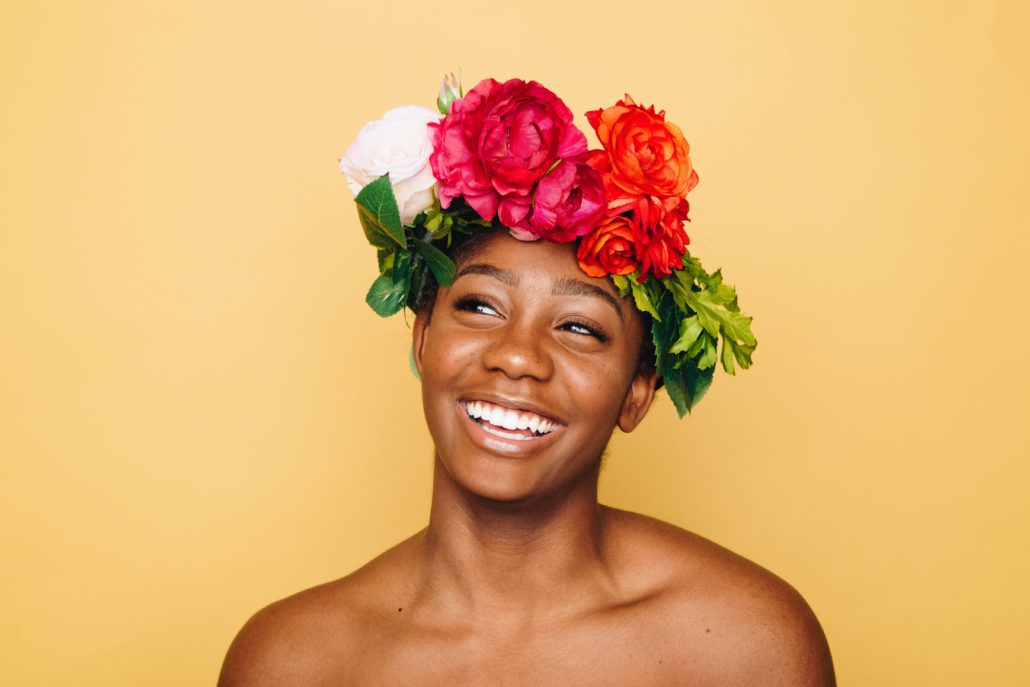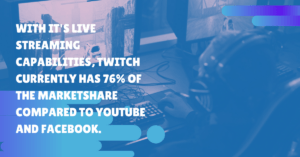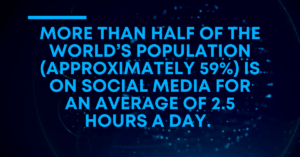Since the fall of Vine, TikTok has taken the world by storm with its ephemeral, video-sharing platform. People of all ages flocked to TikTok and once they started uploading videos, the prominent crowd-favorites were chosen. These “creators” spend their time making unique videos especially for TikTok, inspiring a new breed of influencers just from its platform. However, as brands dive into TikTok, these influencers are crossing platforms into bigger roles on national advertising campaigns and more. This was debuted at the Super Bowl, where brands unveiled ads featuring TikTok stars like Charli D’Amelio. What does this mean for the future of TikTok?
The Relationship Between Brands and TikTok
Since the debut of TikTok, brands have been speculating how to best utilize the new platform for influencer marketing strategies and more. While apps like Instagram and Facebook can clearly label influencer and brand relationships through tags and appropriate verbiage, TikTok is more of a gray area. Recently, the FTC has updated influencer guidelines for brands and advertisers to follow when creating sponsored partnerships with influencers. These new guidelines include clearer instructions for labeling sponsored content to not mislead their audiences. This coincides with influencer marketing’s push for authenticity and transparency with their fans–and creates new possibilities for genuine, meaningful engagements from brand to consumer.
Because TikTok is newer, brands are figuring out ways to connect with TikTok’s audience without disrupting the FTC guidelines for influencer content. Some brands are creating their own TikTok accounts and posting original content in line with the trends on the platform, with the hopes of getting more consumers to engage with their brand. Other brands like Chipotle are innovating new digital strategies such as viral songs made specifically for their shareable and danceable qualities which are perfectly compatible with TikTok’s users. The latest of these examples is using TikTok star power to back major brands in advertisements that are seen nationally by hundreds of thousands of people. All of these examples fall under a new genre of influencer marketing techniques that involve TikTok.
How Can Brands Use TikTok Influencers?
TikTok influencers are creators with a variety of video-making skills and creativity. For creators like Charli D’Amelio, inventing short and intricate dances to clips of popular or unique songs catapulted her into the public eye. Other creators use lipsyncing (similar to Musical.ly), how-to-guides and “life hacks”, or comedy to push their content to the top of the funnel.
For brands, finding TikTok influencers that cultivate the same brand message or values will provide the most effective partnerships for future campaigns. This Sabra Super Bowl commercial is the first time that TikTok and Vine stars have been used in a national advertisement for a product. Because TikTok influencers have no official product to market besides themselves, their creativity and their brand recognition is what makes them so desirable for brands looking to spread their awareness. With stars like Charli D’Amelio, who has amassed 18+ million followers on TikTok alone, branded content opportunities present new ways for brands to reach an increasingly younger audience while resonating with their other demographics as well.
This influencer trend on TikTok reflects in the way that brands discuss the word “influencer”–and how its definition is changing. When influencer marketing was in its “Wild West”, influencers were people with large followings that had a high amount of influence. However, as we become more and more connected, the word influencer is expanding to mean anyone that interacts with or touches your brand. The rise in ambassador programs and affiliate programs confirms this notion–brands want to connect with authentic, everyday fans of their brands while consumers want to be a part of a meaningful engagement with a brand they love. For TikTok, this means that all users can become a type of influencer–their engagement with a brand can reflect on all of their followers and cause a ripple effect that launches viral awareness.
How Can Brands Use TikTok?
Since TikTok is the future of digital media and the flagship for younger generations, brands should make the push towards this platform. Depending on the focus of your brand, you must decide which direction to take with your presence. From dance videos to meme generation, brands are all experimenting with what works best to connect with TikTok’s audience–hoping to find the next stars that will lead their influencer campaigns to success.
Here are three ways that brands can use TikTok and its influencers to elevate their digital campaigns:
Create branded challenges.
One of the most popular video formats on TikTok are challenges. Challenges allow the user to copy a similar action or style in an attempt to reach the desired outcome. For David Dobrik’s Chipotle challenge, it was flipping your Chipotle container to land a certain way. Although the challenge itself was not terribly complicated, it encouraged thousands of viewers to go out and purchase Chipotle, causing an increase in revenue for the brand as well as more recognition from different fanbases.
TikTok branded challenges encourage other users to participate with the brand, with the hopes of converting them into consumers. This is a great strategy for brands looking to spread brand awareness with new demographics or increase awareness about a new product or service.
Show exclusive, behind-the-scenes content.
Influencer marketing is in an age of authenticity, and consumers crave more relatable content from brands that they know and trust. This translates into behind-the-scenes footage, insider peeks and more transparent looks at how certain brands operate. The Washington Post looks intimidating and professional on the outside, but their TikTok account shows footage of their editors discussing the latest Bachelor information at a meeting. This type of material humanizes brands, and encourages other consumers to directly engage with those brands–because now, they’re relatable.
Use music!
Because TikTok is a video-based platform, creative visuals and attention-grabbing sounds are the most successful at garnering more attention. For brands looking to get into the TikTok space, creating an original song or melody is a great way to establish your brand as innovative tastemakers in the space–while encouraging users to interact with your brand through using the track. This technique can go hand-in-hand with branded challenges or dances, and present massive opportunities for your brand name to go viral. The more people that use your song in their videos, the more exposure your brand gets through their followers, their follower’s followers, and so forth.
This snowball effect can increase brand awareness into new areas while maintaining the “vibe” of your brand with a younger demographic. If TikTok users see that your brand understands and engages with their audience, they will be more likely to trust your values and mission.
Overall, TikTok presents a land of opportunities for brands and influencers alike. The short, ephemeral nature of the platform allows new creativity and partnerships to flourish while encouraging brands to reach new audiences through humor, dance and relatability. For influencer marketing, TikTok is the direct result of the age of authenticity–and brands will have to adapt their strategies in order to keep up with the competition.
Want to get an edge on the competition? Request a demo from Sideqik today.
Maria Lewczyk
Latest posts by Maria Lewczyk (see all)
- 4 Ways Esports Can Use Influencers to Reach a Broader Audience - March 26, 2020
- How Brands Can Use Influencers and TikTok for Commercial Campaigns - March 20, 2020
- 3 Things Marketers Can Learn from Bumble’s Influencer Partnerships - March 10, 2020







